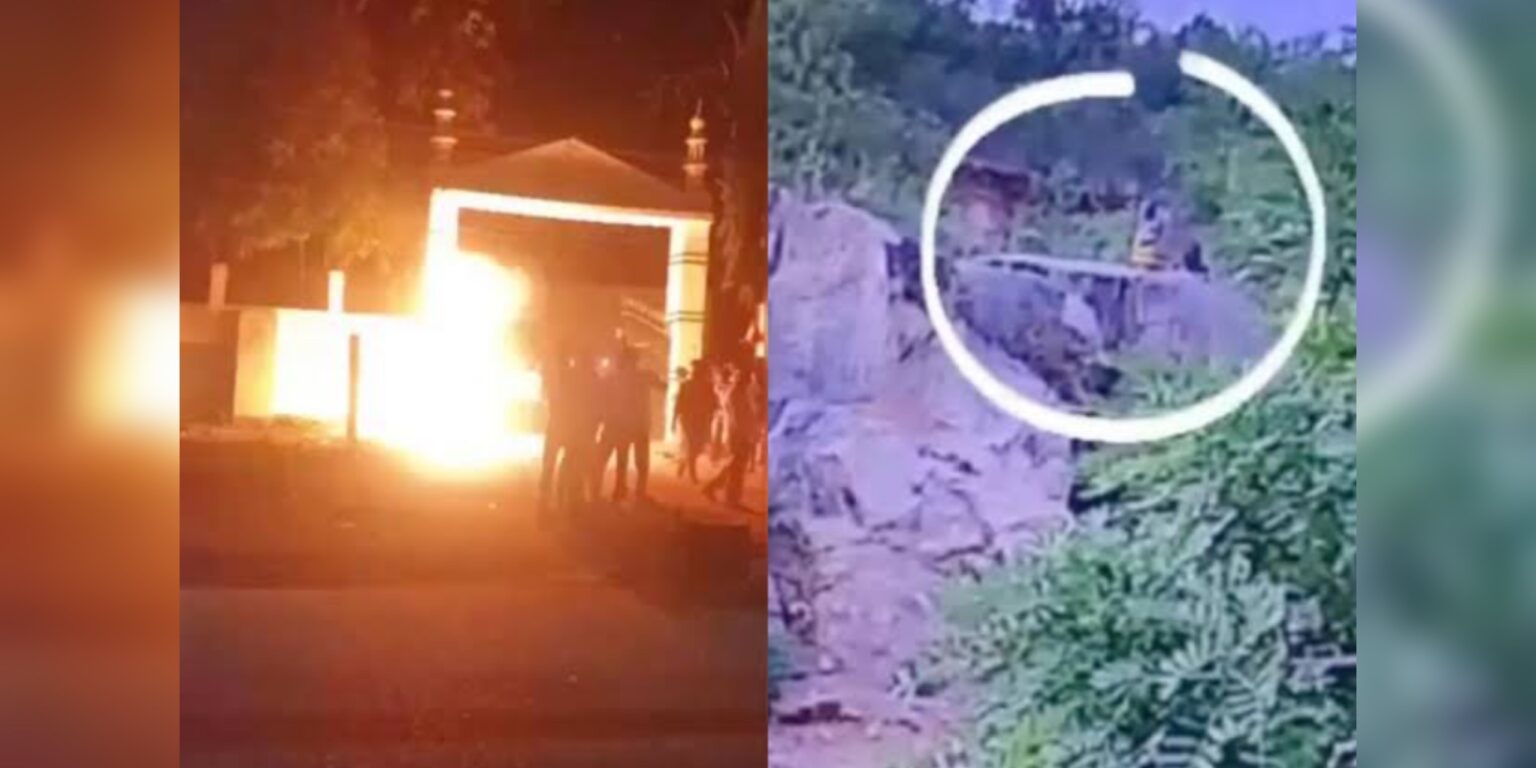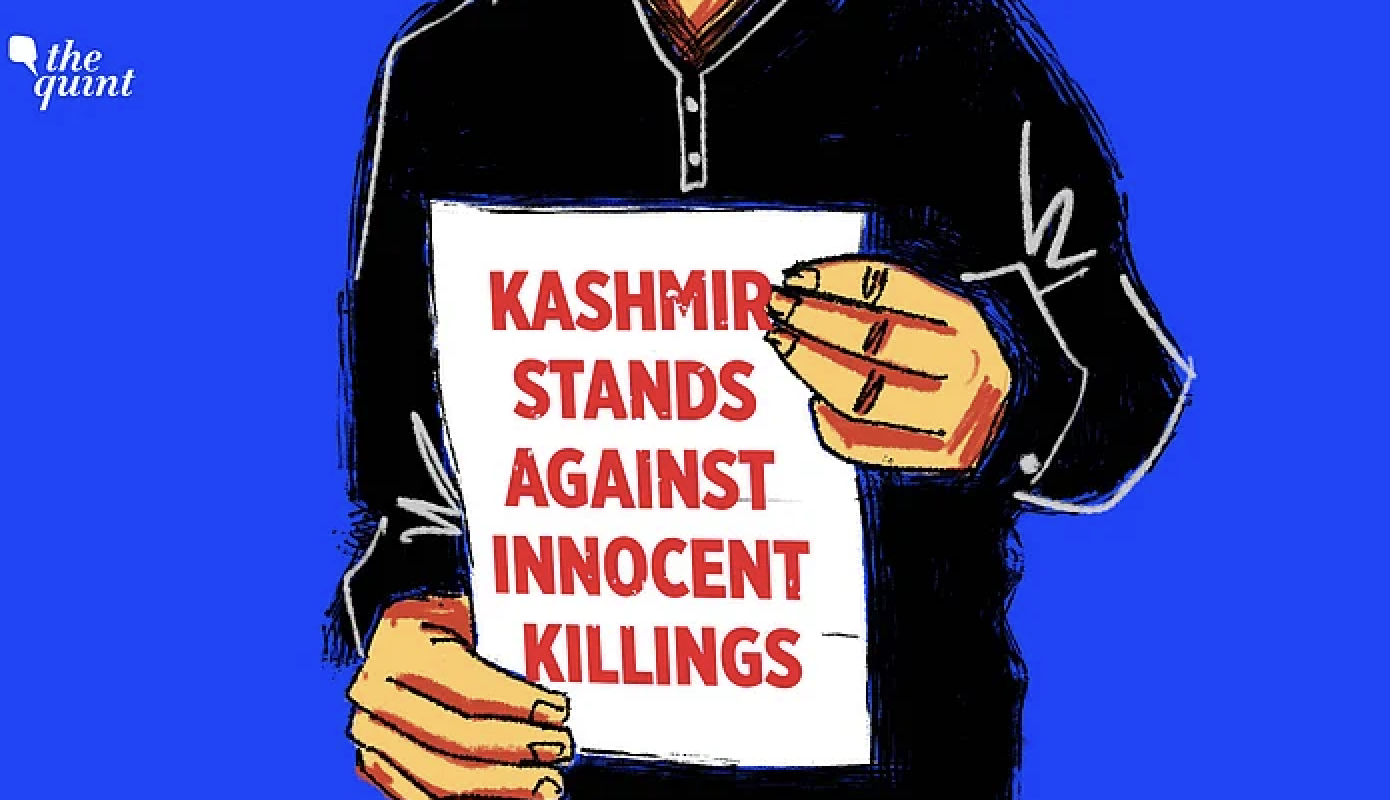
“While we should not be worried, there is some anxiety after reading news reports,” AK Abdul Momen, the foreign minister of Bangladesh, told a television channel in July. He was speaking of the National Register of Citizens, the Indian government’s project to define and identify legal residents of the state of Assam—and, more importantly, to identify and make stateless those who it claims are illegal immigrants. Last year, the NRC provisionally identified around four million supposedly “illegal” people—almost exclusively Muslims—who in the official Indian narrative have been branded “Bengali” infiltrators, from across the border in Bangladesh. Momen’s cautious statement was reported as the first public admission of concern over the NRC by the Bangladesh government. Those the NRC had singled out, he said, had been living in Assam for over 75 years. “They are their citizens,” he insisted, “not ours.”
India has not said what it plans to do with those the NRC tags as outsiders and renders stateless. But in Bangladesh, few have any doubts as to what the eventual goal is—and many raise warnings in sharper terms than Momen did. Shaheen Afroze, a research director at a think tank under the country’s foreign ministry, told me that the Assamese Muslims targeted by the NRC “are not only an internal issue of India anymore, because their intended eviction destination is Bangladesh.”
Bangladesh has seen this tragic charade before—across its other international border, with Buddhist-majority Myanmar. There too, a Muslim people, the Rohingya, are considered illegal though they have lived in the country for many generations. There too, they are being pushed out to further narrow domestic political ends, and are portrayed as “Bangladeshis.” Since 2017 alone, three quarters of a million Rohingyas have been pushed out of Myanmar by force.
“We are already in much difficulty with the 11 lakh Rohingya refugees, so we can’t take anymore,” Momen said in July. “The issue must be handled carefully and policy options to meet the future found,” Afroze told me. “We can’t have another Rohingya-like crisis.” Last year, a headline in the Dhaka Tribune asked, “Will 1.6m ‘non-Indian migrants’ in Assam become the new Rohingyas?”
The chances of the Rohingya returning safely to Myanmar are zero, despite the United Nations saying otherwise, and Bangladesh is resigned to hosting them permanently, though this has never been officially stated. Bangladesh is straining to pay for the refugees’ upkeep, despite international aid, and their presence has become a tricky political issue. It is clear that Bangladesh cannot afford a similar situation with refugees from India, yet the Indian government has not so much as spoken of the matter with Bangladeshi officials. The NRC threatens to cause a major crisis in Bangladesh—one much larger than the one caused by Myanmar’s eviction of the Rohingya. The powers in Delhi might not care much for how their domestic policies affect a neighbouring country, but even so their approach is short-sighted. The fallout from the NRC will unavoidably scar the ties between the two countries—almost the last relatively cordial relationship India has left with its neighbours—and the consequences could be counter to India’s own international interests.
India is Bangladesh’s closest neighbour at present, and India–Bangladesh ties have been steady and strong under the incumbent rule of Sheikh Hasina and her Awami League. India is not popular in Bangladesh—just as Muslims in India are often considered proxy Pakistanis and Bangladeshis, Hindus in Bangladesh are often seen as proxy Indians—Hasina’s Awami League does not play up hostility to India and Hindus. This is unlike the Awami League’s main rival, the Bangladesh Nationalist Party. As leverage against India, past Bangladeshi governments—particularly those led by the BNP—reportedly supported militant groups in the Indian northeast, providing sanctuary and safe passage of arms and supplies. Hasina is believed to have reversed that policy, and earned much thanks from Delhi for it, so much so that her critics complain it is Indian backing that keeps her in power in exchange. Also to India’s liking, where Pakistan’s Inter-Services Intelligence found friendlier soil in Bangladesh under the BNP, under Hasina it is deemed an enemy agency and Pakistan–Bangladesh relations are acrimonious. Trade between the two countries has been excellent—India is Bangladesh’s second-largest source of imports, and trade between the countries in both directions continues to grow. The two countries also have extensive social and cultural ties, and the historical legacy of India’s backing for Bangladesh’s independence from Pakistan, achieved in 1971.
Nonetheless, there has been friction. The most notable source of it so far is disagreement over the cross-border sharing of river waters. The Farakka Barrage, which controls the flow of the Ganga before it enters Bangladesh, is a perennial sore point despite a standing treaty on how to share the river’s flow. A similar treaty mooted for the Teesta has yet to materialise, despite placatory words from the Indian government under Narendra Modi. With the water question, Bangladesh has essentially given up on India.
These are the main arenas of the India–Bangladesh relationship. Increasingly, however, the relationship must be understood not in bilateral terms, but as part of a trilateral dynamic involving an added agent—China. The country has emerged as Bangladesh’s main source of imports and largest trading partner, replacing India. In 2016, Bangladesh signed on to China’s ambitious Belt and Road Initiative, which India bitterly opposes. (Hasina, as an interlocutor of sorts, even invited India to join the BRI.) Chinese investment in Bangladesh runs into billions of dollars, and is growing. China is also linked to high-profile and politically valuable infrastructure projects—most notably the Padma Bridge, a road-rail link across the Padma River to improve access to the Bangladesh’s geographically isolated south-west—and is the largest supplier of hardware to the Bangladeshi military. All the business China brings in has made it a close friend especially of Bangladesh’s military and business elite, and the country now has a large lobby in favour of Chinese investment, in particular the BRI. India’s connections, by contrast, are strongest with the cultural and political classes rather than with the military and big business.
Beyond its obvious anger at Myanmar over the 2017 Rohingya exodus, Bangladesh saw the regional diplomatic consequences of that crisis from a trilateral viewpoint. After past Rohingya evictions—in 1977 and 1992—Myanmar was forced to take them back due to international pressure. This time, with the United Nations toothless, Bangladesh could only have looked for help to its two great regional allies. But, tacitly or otherwise, both chose to back Myanmar and further their interests there. Keeping in mind the deep history of India–Bangladesh ties, India’s support for Myanmar was less expected than China’s. None of this was allowed to affect trade with either country, but there was apprehension that Hasina’s political stature could be undermined by the apparent let-down for Bangladesh in spite of her friendly policy towards both governments. To add to that, there was the possibility of a popular backlash against Bangladesh’s hosting of Rohingya refugees, who remain seen as outsiders and a burden by many Bangladeshis. But Hasina saw off those doubts to sweep an election in 2018.
“The collateral damage would be three-fold,” Zafar Sobhan, the editor of the Dhaka Tribune, told me. “First, anti-Indian sentiment would rise. Second, anti-government sentiment would rise, as this would give a fillip to those who claim that the Bangladesh government is in the Indians’ pockets. And, finally, it could have a really negative impact on Hindus living in Bangladesh. For me, the last is the most serious concern.”
Sobhan could not imagine “that India would make such a move unilaterally. Before any large-scale eviction, it will be discussed with Bangladesh.” Just how large the eviction might be is impossible to predict, but it might well dwarf the Rohingya influx—the final tally of those the NRC excludes in Assam will very probably be in the millions, and last month the Indian government announced that it will prepare a country-wide national population register within the coming year. Sobhan had no doubt about the severity of the problem. The NRC, he said, “is not just about political posturing and winning votes, this is actually a policy many in the [Indian] government feel strongly about.” That suggests the start of Bangladesh’s next refugee crisis is a matter of when, not if.
This story first appeared on caravanmagazine.in






